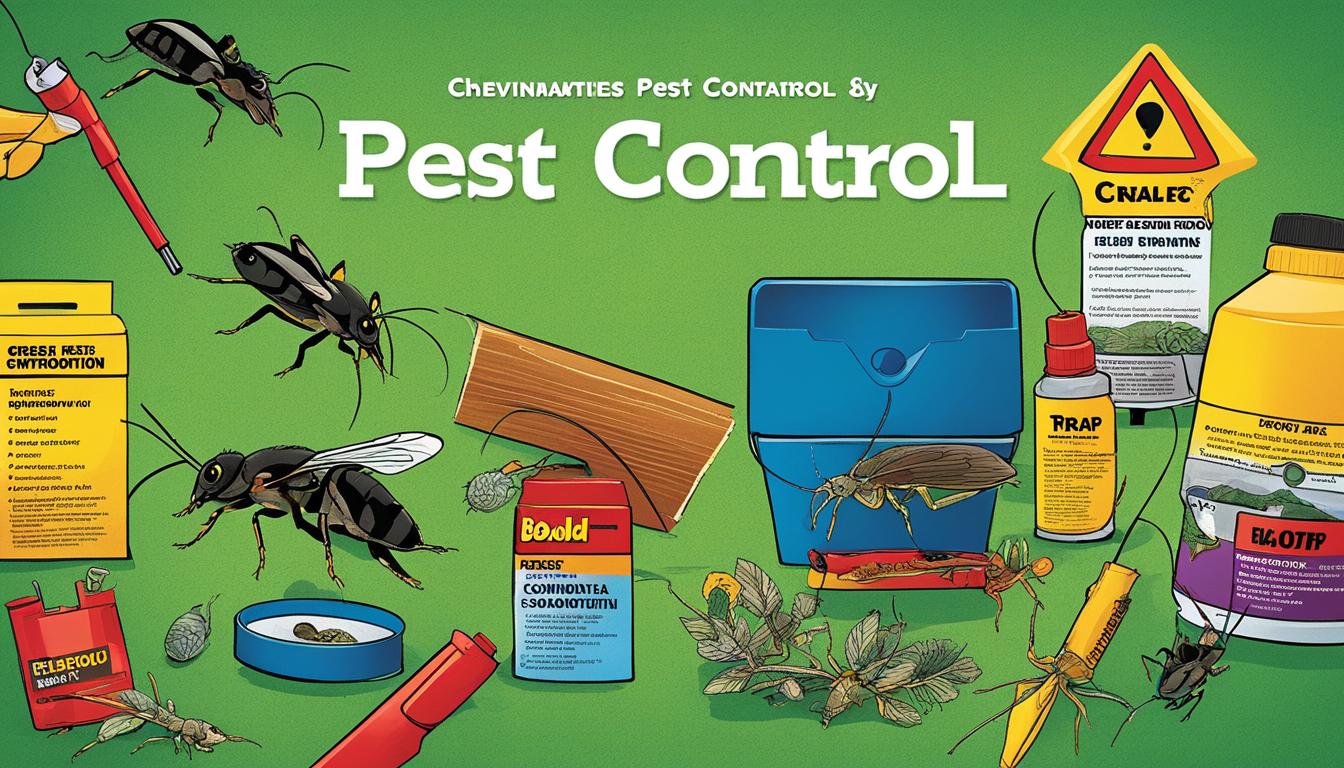What Does Pest Control Do?
What Does Pest Control Do?
Blog Article
Rumored Buzz on Pest Control
Table of ContentsOur Pest Control Ideas10 Simple Techniques For Pest ControlThe Facts About Pest Control UncoveredHow Pest Control can Save You Time, Stress, and Money.6 Simple Techniques For Pest Control
Limitations of Chemical Monitoring Be able to assess pest troubles, figure out if administration is required, and make suitable recommendations making use of IPM methods. Be familiar with various methods of pest monitoring - their advantages and limitations. Recognize the value of beneficial pests. It is not possibleor even desirableto rid yards of all bugs.This chapter reviews (IPM), a technique that makes use of expertise regarding parasites and their, practices, nonchemical techniques, and chemicals to manage bug problems. Added information about IPM for specific plants is included in phases that focus on those plants. Nonchemical pest control procedures are worried in phase 17, "Organic Gardening." Handling birds and creatures is covered in phase 20, "Wildlife." Handling in the lawn and yard is covered in chapter 6, "Weeds." Insects in a yard or landscape might consist of insects and mites, weeds,, animals, and birds.
Lots of individuals hurry to pull, hoe, or spray every weed they see. Bugs and weeds, nevertheless, play a function in the. After growing a yard or developing a grass, the all-natural procedure of plant sequence begins to reestablish and nonnative plants. A weed growing in a yard represents the very first stage in a sequence of events that, if permitted to proceed, might ultimately lead to a forest.
What we call "parasites" are part of a natural system at job. Only people consider particular types pests when they happen where they are not wanted.
The Single Strategy To Use For Pest Control
Insects prone to a chemical were quickly killed, leaving resistant ones to reproduce and increase. It became clear that pesticides alone would not fix all parasite troubles.
An IPM plan allows some degree of bugs in the setting. Pests are much less likely to survive a program that uses lots of various approaches of reducing their populations. Integrated insect administration was very first suggested by entomologists since bugs were the first group of insects to show tough to handle with chemicals alone.
A threshold is the point at which activity must be taken. IPM has expanded past pests to monitoring of all pest populations: weeds, condition microorganisms, and animals.
The 30-Second Trick For Pest Control
Administration rather than obliteration of insects is the objective. An IPM plan starts with a cautious evaluation of each parasite invasion. Just then can one decide regarding the appropriate techniques required to suppress parasite activities. The life process Read Full Report of the insect, feasible damage, natural adversaries, and impacts of weather condition, among various other factors, are thought about before a control plan is applied - Pest Control.
Clover expanding in a yard might be seen as an undesirable weed, yet as a legume it is synthesizing nitrogen for the soil and the flowers are giving nectar to honey bees and other. Tolerance for some weeds might become part of an IPM plan. may be consuming the leaves of a plant, but when they are determined as the larvae of Eastern tiger swallowtail butterflies, their damages might be endured so we can enjoy the stunning butterfly.

The second most essential tool in parasite management is early intervention. Responding to troubles promptly, before they have time to multiply, requires a less significant treatment.
Everything about Pest Control
Numerous safe, useful, nonchemical methods of plant protection click here to read and pest management may reduce or eliminate the demand to spray. Various other techniques are most helpful when utilized with pesticides. To implement administration methods correctly and to minimize losses, garden enthusiasts must recognize the types of pests that strike plants and recognize pest biology.

Performing a dirt test and applying only the recommended amount of plant food and lime makes the most of the benefit to the plant while decreasing troubles related to excessive use of plant food - Pest Control. Covering the soil with several inches of mulch safeguards the plant in a number of methods: minimizing dirt water loss to evaporation, lessening weed competitors, giving nutrients, and developing a suitable environment for earthworms and microorganisms that keep the soil loose for origins and damage down organic material to release nutrients
If mulch touches the trunk, it can develop a means for voles, microorganisms, and fungis to strike the plant. Do not make use of manure or garden compost that has not thoroughly decomposed as a leading clothing since it can encourage undesirable pests. Research recommends that farming is harmful to soil framework.
The Only Guide to Pest Control
If tilling is regarded needed, take into consideration doing it in click over here now the autumn when the life cycles of numerous bugs brings them near the surface area. At the surface, bugs come to be exposed to the weather condition as well as birds and various other all-natural enemies.
Report this page